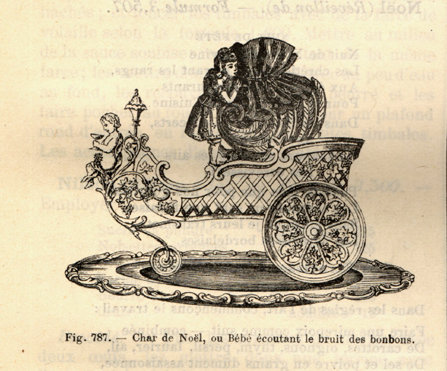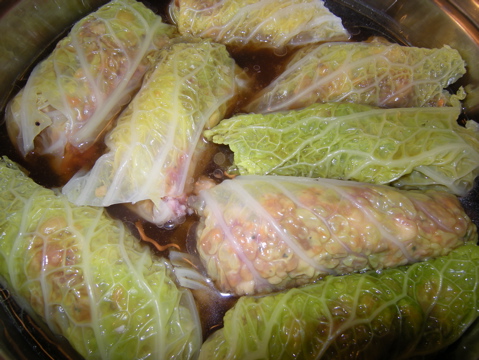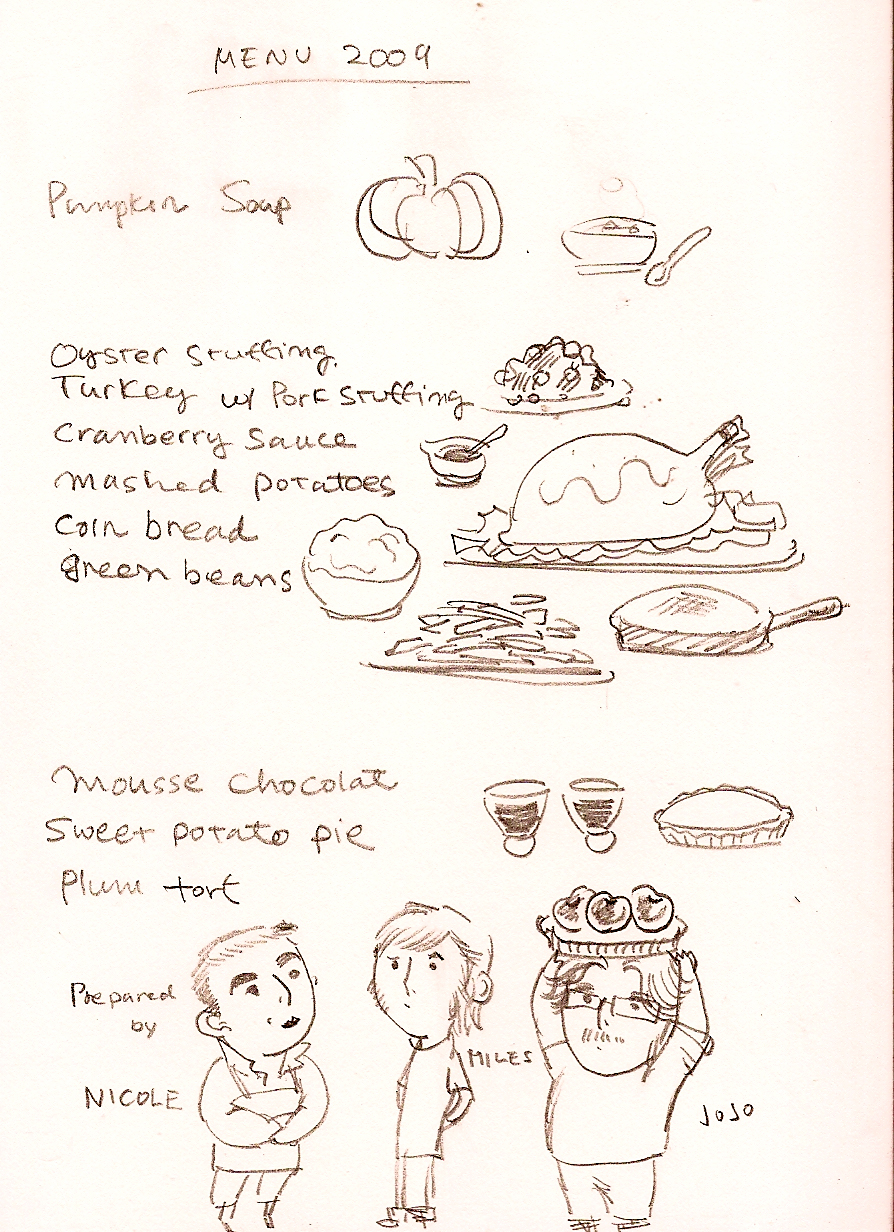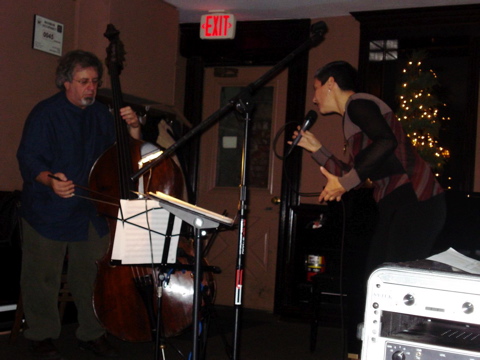Pierre Landet, Executive Chef at Cercle Rouge,
featured at The James Beard Foundation
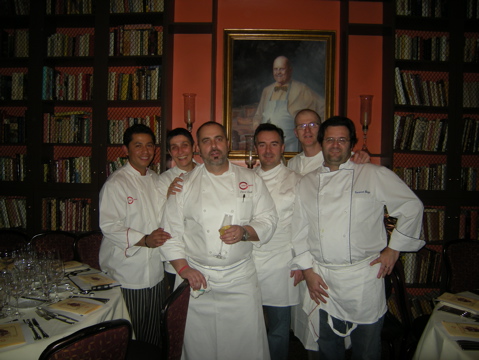
On December 15th 2008, I was very honored to be one of the assistant cooks at The James Beard Foundation Cercle Rouge in NYC for a dinner featuring my friend and Gascon mate: Executive Chef Pierre Landet accompanied by Wine Director Dominique Drevet both from Restaurant Cercle Rouge. 65 members/guests were delighted by Pierre’s menu untitled: A Gascon Holiday Fête and voilà ze menu:
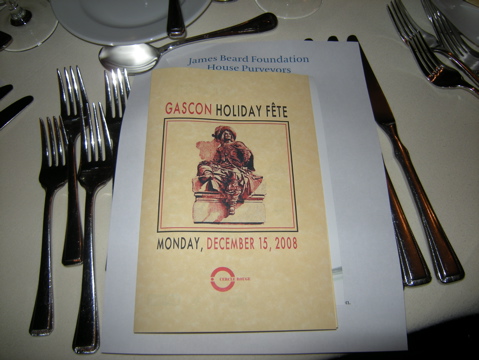
Crispy Salsify Rolls with Bayonne Ham and Laguiole Cheese
Pan-Seared Foie Gras with Parsnip Purée and Green Tomato Preserve
Smoked Salmon Purses with Asparagus Bavarois
Chestnut Cream Soup with Crispy Pancetta and Chanterelles
Pan-Seared Brook Trout with Porcini, Baby Artichokes, Duck Fat–Confited Fennel, and Jus
Milk-Fed Roasted St-Canut Farm Porcelet with Cassoulet-Style Tarbais Beans
Bleu de Basque Cheese with Celery, Fig, Frisée, and Walnut Dressing
Millas Toulousain
White Cornmeal Cake with Homemade Plum Preserves
It is truly difficult to say what tasted the best. Every dish was hearty & subtle at once. The chestnut cream soup might have been my very favorite, but then the porcelet -suckling pig- and the Tarbais beans had all the ever so satisfying Gascon flavors, and the Millas with the Homemade Plum Preserve made you feel as if you were in a farm house in Southern France during the pig’s feast.
Dominique Drevet’s selection of wines -from Banuyls to Bordeaux- perfectly matched every dish. The Catalan Banyuls & the Bleu de Basque Cheese was a match in haven.
The “service” went like a breeze. The crew was impressively efficient and Pierre’s “mise en place” impeccable. The full time staff was impressed. Below are some of the professional photographs of the dishes taken by the James Beard Foundation Geoff Mottram :
Pan-Seared Brook Trout with Porcini, Baby Artichokes, Duck Fat–Confited Fennel, and Jus





